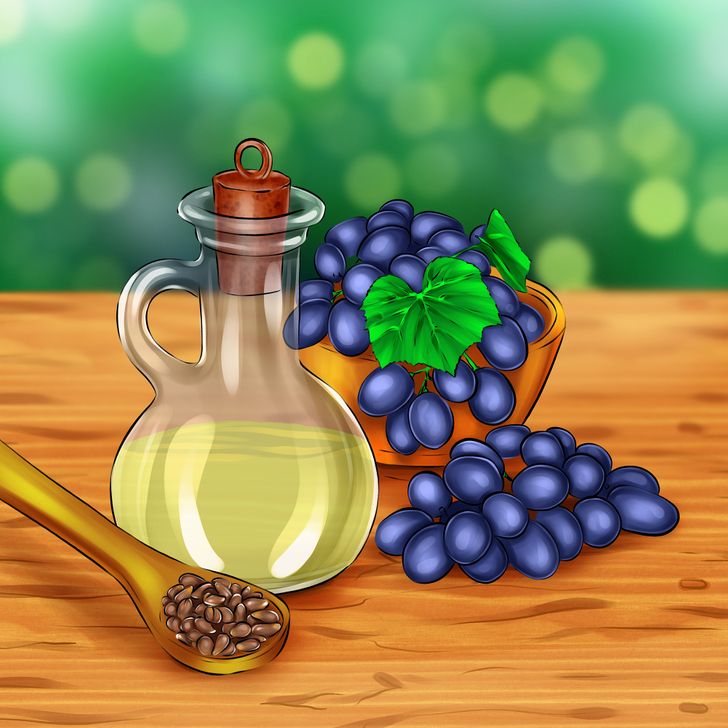What Oil Is the Best for Frying
What oil is the best for cooking? There are many types of oil but each of them works best for different dishes. And it’s not just about the oil’s taste and flavor. Some oils can withstand high temperatures while others can’t.
5-Minute Crafts would like to tell you about what you should pay attention to when choosing oil for frying, given that you want your food to retain its healthy properties and not get burnt.
What the smoke point is
The smoke point is the moment when the oil starts to emit a bluish smoke after reaching a certain temperature. The more free fatty acids there are in it, the faster it starts to smoke. What does the smoke point depend on?
Most often, oil is extracted from seeds, nuts, or fruits through grinding and pressing. If it’s bottled immediately after this process, then we get cold-pressed oil, or unrefined oil, which retains its natural aroma and color. It contains minerals, enzymes, and other compounds that shouldn’t be heated.
To make oil that can withstand high temperatures, it needs to be refined, bleached, filtered, and heated to a high temperature to remove all of the foreign compounds. The result is refined oil with a neutral smell, a higher smoke point, and a longer shelf life.
When it comes to the production of clarified butter, or ghee, the same process is carried out: heat-sensitive components are extracted from the butter to raise its smoke point.
Why you shouldn’t let smoke appear when oil is heated
The smoke itself is not a big problem. The bad thing is that, when heated above the smoke point, the fat begins to break down, releasing free radicals and a substance called acrolein. Acrolein is the chemical that gives burnt foods their acrid taste and aroma. It’s also what makes your eyes water from smoke.
Once the oil has reached its smoking point, it can no longer be used. It’s best to replace it with new oil.
How to choose oil for frying
To make a choice, we first have to figure out at what temperature the process of cooking different dishes takes place.
- Pan frying on stove top heat: 248°F
- Deep frying: 320 — 356°F but it can reach 400°F.
- Oven baking: average of 356°F. But the temperature can be higher if a recipe requires. The advantage of cooking in the oven is that you get to the choose temperature yourself.
So, choose oils that have a smoke point that is higher that the temperatures mentioned above. Further, you can see the guide to the most popular types of plant oils.
Sunflower oil
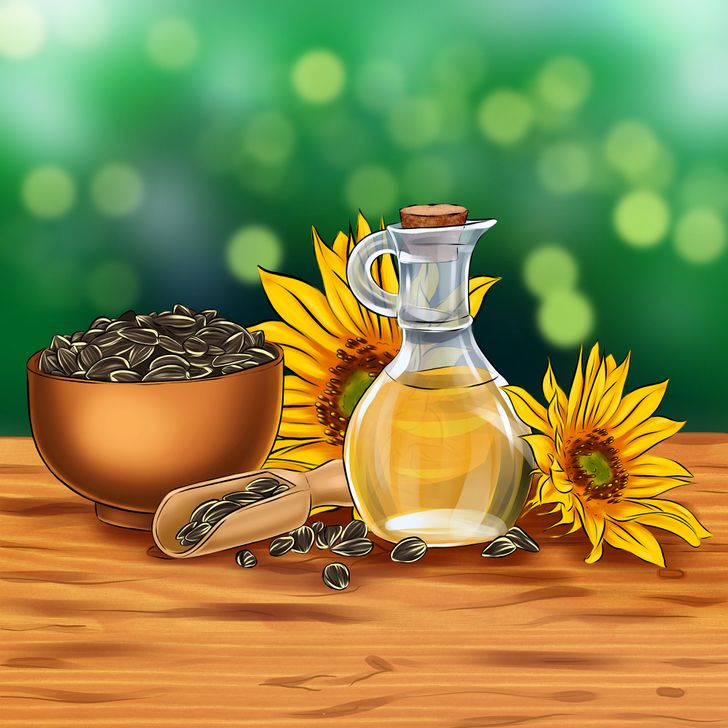
The smoke point:
There are a few types of sunflower oil, and some are higher in monounsaturated fat than others. Sunflower oil with oleic acid contains the healthiest monounsaturated fats. It also contains vitamin E, which is good for the skin.
Olive oil
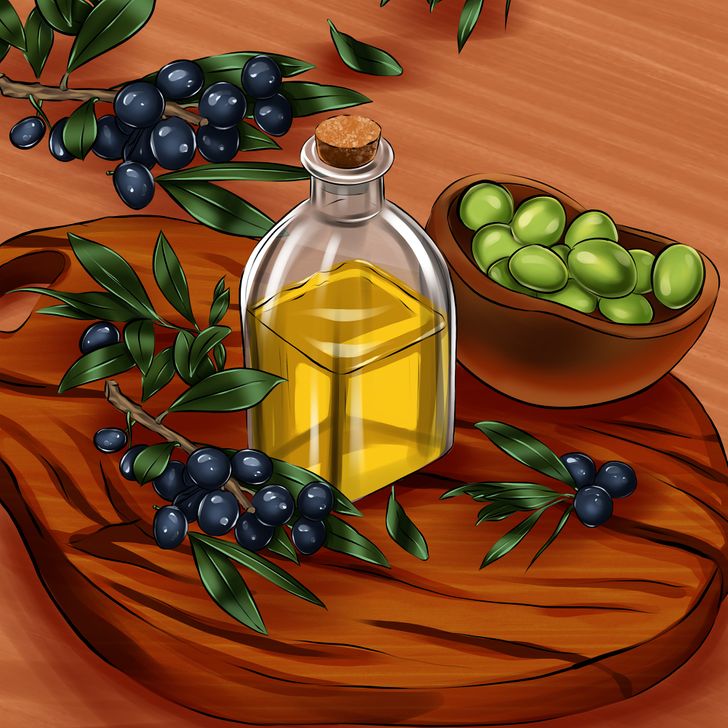
Peanut oil
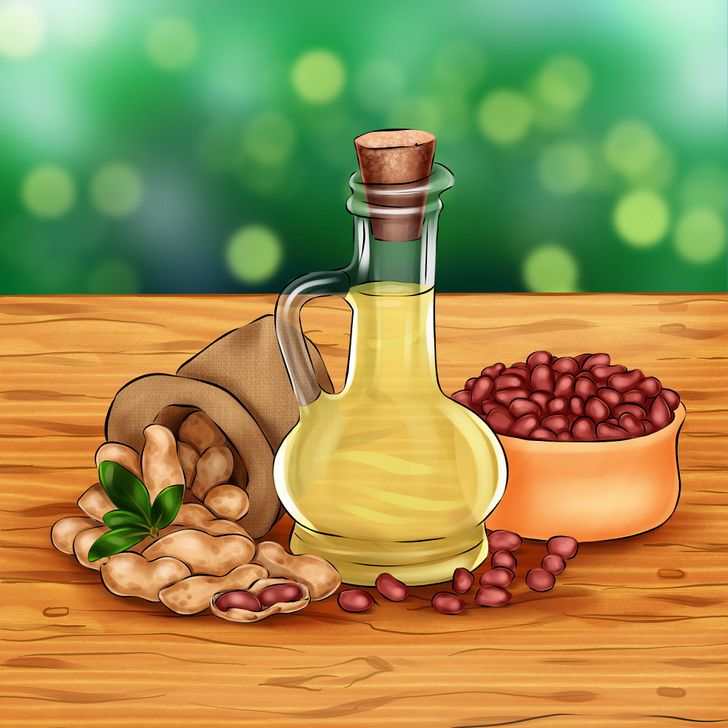
Corn oil
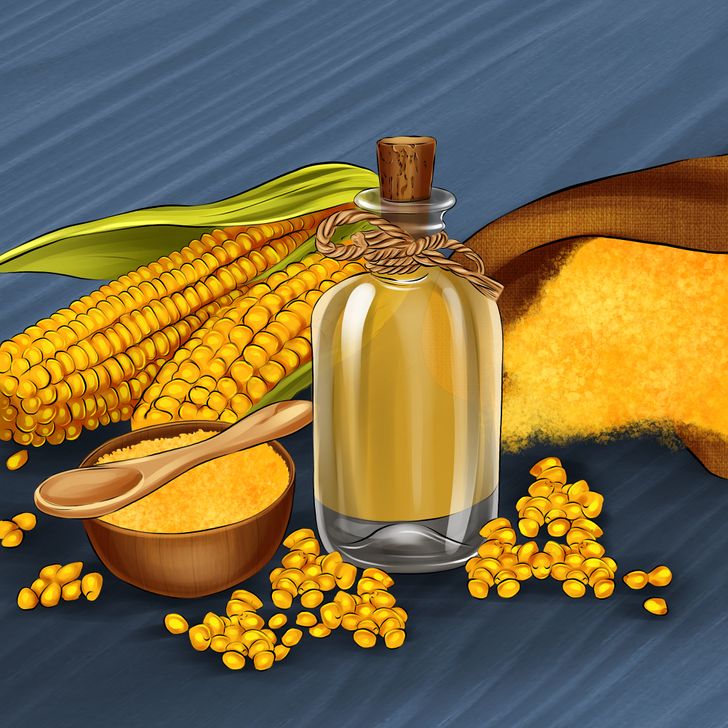
The smoke point:
- Unrefined — 320°F.
- Refined — 450°F. It’s good for deep frying.
Canola oil

Coconut oil
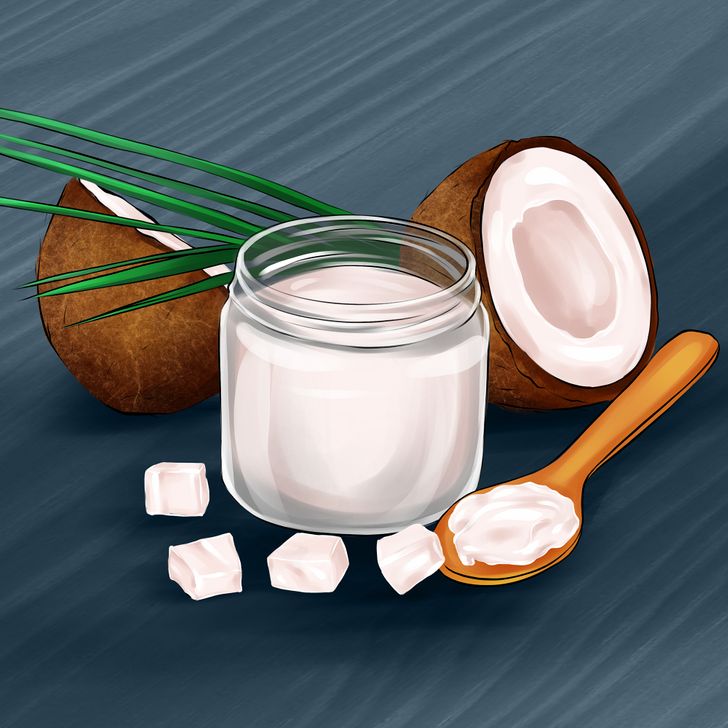
Avocado oil
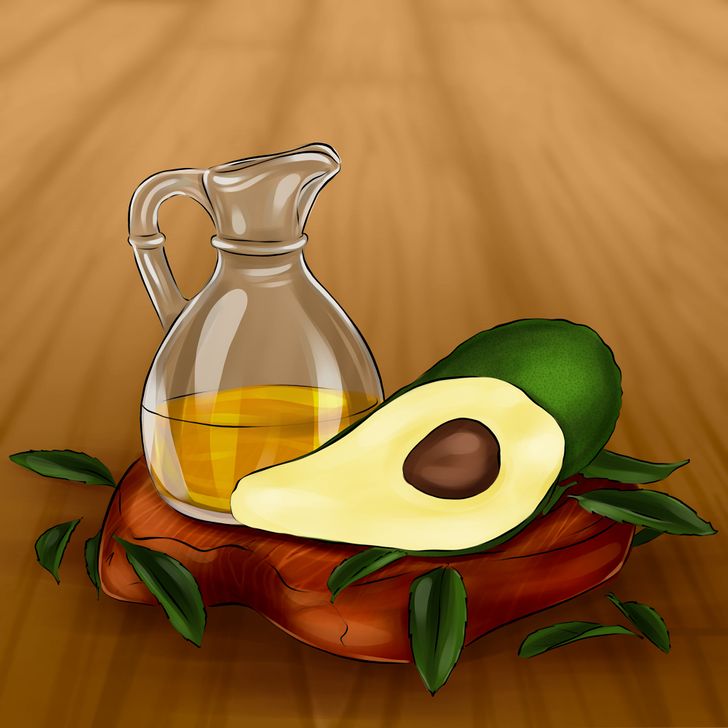
Grape seed oil
